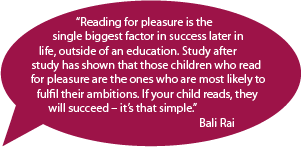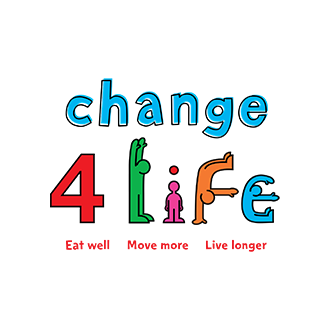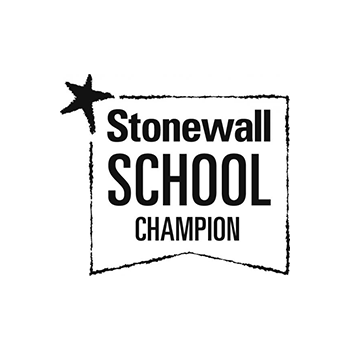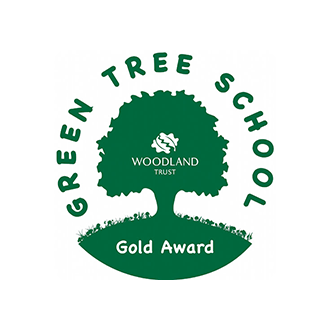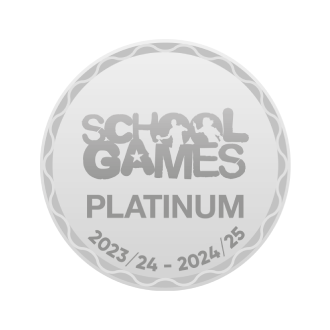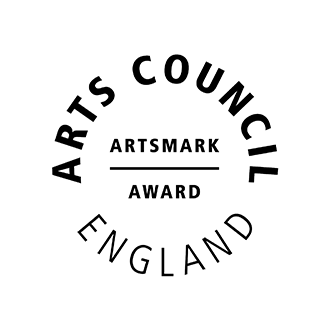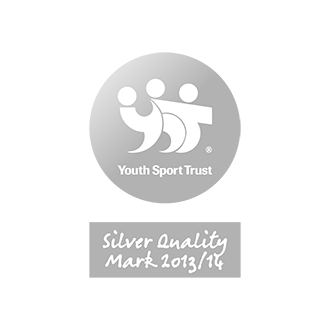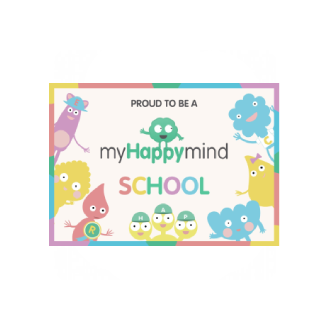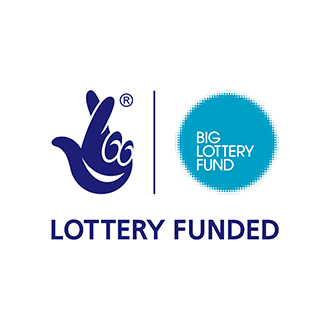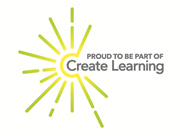Emerald Class 2024 - 2025
Mr Marland
Year 3/4 Teacher
Early Reading and Phonics Lead, Music Lead

Welcome to Emerald Class!
Greetings and salutations! Welcome to the Emerald class page!
This year is going to be an exciting journey of growth, learning, and discovery! This year, your child will continue to build on all the skills they have developed so far, while gaining new knowledge and experiences that will help them become even more confident and independent learners. We will be exploring a wide range of subjects, designed to help your child grow academically, socially, and creatively. Every lesson is an opportunity to challenge yourself, ask questions, and embrace new ideas. Let’s make this year one to remember as we work together, support one another, and shine bright like emeralds!
In addition to myself, we will be joined every morning by Mrs Fernyhough as well as Mrs Tomlinson who will be taking the class on a Monday afternoon. Our PE lessons for this half term will take place onTuesday and Wednesday. This half term our dance lessons will be led by a dance specialist who will be teaching the children the dance skills that reklate to the lower KS2 PE curriculum.
If you have any questions please do not hesitate to contact me. Each week Facebook and Instagram will include ifnromation on what the children have been learning so please to ensure to check each week!
As Writers...
Our writting focus will continue to be A Stage Full of Shakespeare Stories by Angela McAllister with illustrations by Alice Lindstrom .

The children's writing outcome will be toplan and write a guide for visiting The globe Theatre in London
The Year 3 children will learn to:
- Build an increasing range of sentence structures
- In non-narrative material, use simple orgnaisational devices inclduing headings and sub-headings to aid presentation
- Use present and past tenses correctly and consistently including the progressive and present perfect forms
Year 4
- Build a varied and rich vocabulary and an increasing range of sentence structures
- Use paragraphs to organise information and ideas around a theme
- Variety of verb forms used correctly
- The grammatical difference between pluraland possesive 's'
As Readers...
This half term in our shared read we will be reading the Illustrated Atlas of Britain & Ireland.

During this unit the children will learn to:
- Retrieve and record information
- Identify how language, structure and presentation contribute to meaning
-
Retrieve and record information from non-fiction
-
Use dictionaries to check the meaning of words that they have read
As mathematicians...
.png)
This half term we will be focusing on addition & subtraction as well as multiplication & division
Year 3 will learn to:
- measure, compare, add and subtract mass (kg/g) and volume/capacity (l/ml)
- measure the perimeter of simple 2-D shapes
- add and subtract amounts of money to give change, using both £ and p in practical contexts
- draw 2-D shapes and make 3-D shapes using modelling materials; recognise 3-D shapes in different orientations and describe them
- recognise angles as a property of shape or a description of a turn
- identify right angles, recognise that two right angles make a half-turn, three make three quarters of a turn and four a complete turn; identify whether angles are greater than or less than a right angle
- identify horizontal and vertical lines and pairs of perpendicular and parallel lines.
- interpret and present data using bar charts, pictograms and tables
- solve one-step and two-step questions [for example, ‘How many more?’ and ‘How many fewer?’] using information presented in scaled bar charts and pictograms and tables.
Year 4 will learn to:
- estimate, compare and calculate different measures, including money in pounds and pence
- compare and classify geometric shapes, including quadrilaterals and triangles, based on their properties and sizes
- identify acute and obtuse angles and compare and order angles up to two right angles by size
- identify lines of symmetry in 2-D shapes presented in different orientations
- complete a simple symmetric figure with respect to a specific line of symmetry.
- describe positions on a 2-D grid as coordinates in the first quadrant
- describe movements between positions as translations of a given unit to the left/right and up/down
- plot specified points and draw sides to complete a given polygon.
- interpret and present discrete and continuous data using appropriate graphical methods, including bar charts and time graphs.
- solve comparison, sum and difference problems using information presented in bar charts, pictograms, tables and other graphs.
As geographers...
This half term, we will be answering the question:
How do the physical features of North America compare to Europe?

In this geography unit,the children will explore the physical features of North America and Europe. They'll learn about mountains, rivers, forests, and deserts in both continents, comparing their sizes, locations, and climates. They'll look at famous landmarks like the Rocky Mountains in North America and the Alps in Europe, and study how these features affect the environment and human life. By the end of the unit, they'll be able to identify key physical features on maps and explain how these two continents differ and share similar characteristics.
Our study will include opportunities to:
As scientists...

This half term, Year 3 will be focusing on light. They will learn to:
- recognise that they need light in order to see things and that dark is the absence of light
- notice that light is reflected from surfaces
- recognise that light from the sun can be dangerous and that there are ways to protect their eyes
- recognise that shadows are formed when the light from a light source is blocked by an opaque object
- find patterns in the way that the size of shadows change.
Year 4 will be focusing on living things and their habitats They will learn to:
- recognise that living things can be grouped in a variety of ways
- explore and use classification keys to help group, identify and name a variety of living things in their local and wider environment
- recognise that environments can change and that this can sometimes pose dangers to living things.
Emerald Class: Calendar items
Y2 Residential to Burwardsley, by Miss Norris
Y2 Residential to Burwardsley, by Miss Norris
Y6 Leavers Assembly, by Miss Norris

